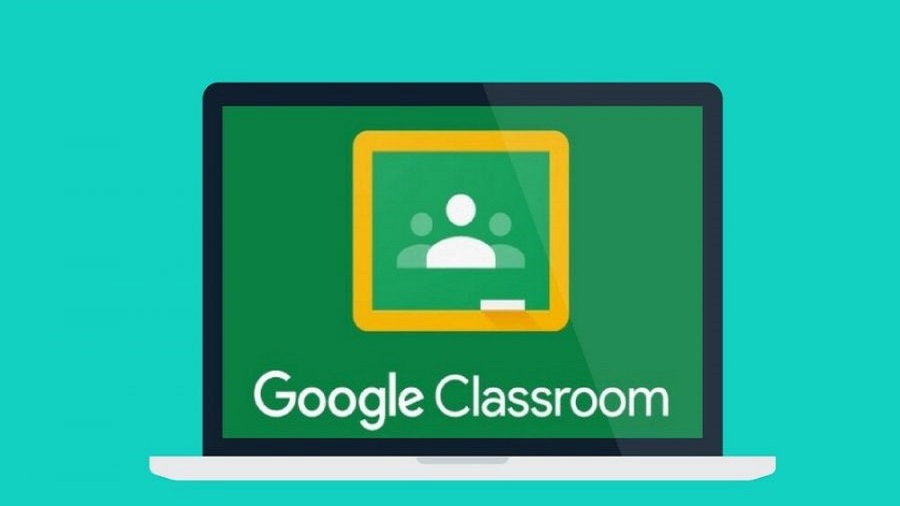A Student’s Guide to Google Classroom

In today’s digital age, education has undergone a significant transformation with the integration of technology into classrooms. One platform that has revolutionized the learning experience is Google Classroom. Designed to facilitate communication, collaboration, and organization between teachers and students, Google Classroom offers a seamless digital learning space. In this article, we will explore the features and functionalities of Google Classroom, providing you with the necessary knowledge to navigate this platform effectively.
-
Accessing Google Classroom:
- Visit classroom.google.com or click on the array of squares at the top of the Google homepage.
- Chromebook users can click on the Classroom app icon.
- Select the “I am a student” button if it’s your first time.
-
The Home Page:
- After logging in, the Google Classroom home page displays all the classes you’ve joined.
- Each class is represented by a card, and clicking on the title takes you to the respective class page.
-
Menu Options:
- The menu lines located at the top left of the screen provide useful options.
- “Classes” takes you back to the Classroom homepage.
- “Calendar” offers a view of all assignments.
- “To Do” shows upcoming assignments shared by your teacher.
- View enrolled and archived classes.
- “Settings” allows you to make account-related adjustments.
-
The Stream:
- The Stream feature contains notifications, announcements, assignments, comments, and discussion topics.
- Contribute to the stream by adding posts and comments.
- Use the “Share something with your class” box to share with the entire classroom.
- The “Add” button lets you attach files, links, and videos.
-
Class Comments:
- Post comments beneath a teacher’s post for specific interactions, questions, or contributions.
- Remember that your teacher can view what you share.
- Clickable assignments take you directly to the assignment page.
-
The Classwork Tab:
- The Classwork tab serves as the hub for materials, questions, and assignments.
- Topics are displayed as large, bold text, making it easier to locate content.
- Expand boxes to reveal additional information.
- Click “View Assignment” to access details like point value and due date.
- Class comments are visible to all students, but there’s a private comment section for direct communication with the teacher.
-
Assignment Pages:
- Teachers may include documents or templates for your use.
- Click on them to open and access resources.
- Find templates in the top right corner of the “Your Work” box.
- Use the “Add or Create” button to attach links or files from Chromebook or Google Drive.
- Create new files directly within Google Classroom (document, presentation, spreadsheet, or drawing) by clicking the button.
- Once a file is created, it opens in a new tab for editing.
-
Completing Assignments:
- Click the “Turn In” button to notify your teacher when an assignment is completed.
- Follow specific instructions if your teacher asks you to use the “Mark as Done” button.
- Exercise caution as editing is disabled after turning in an assignment.
- Teachers will grade assignments and provide feedback.
By leveraging Google Classroom’s features, students can streamline their educational journey, stay organized, and engage in effective communication and collaboration. Utilize the platform’s support resources whenever assistance is needed. Embrace the potential of Google Classroom and unlock a world of possibilities in your academic pursuits. Happy learning!




